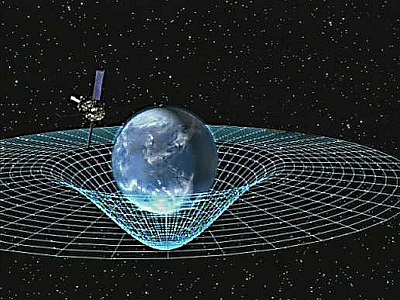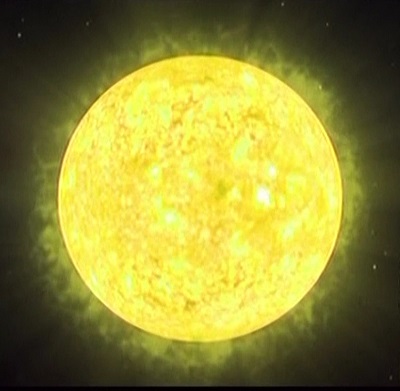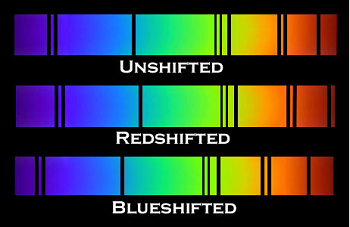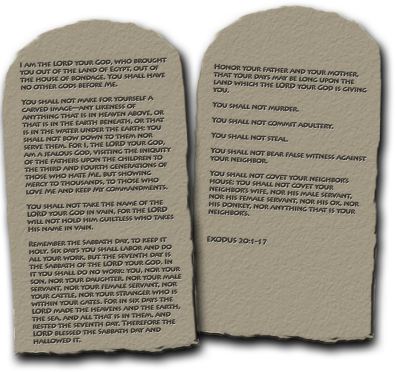 |
Those who deny God’s activity in the creation routinely try to kill any evidence that originates from the Bible. |
In their zeal to defend evolutionary theory evolutionists often make unfounded and fallacious charges and accusations. Following is the problem with three of those attacks.
1. A Misguided attack on reason: “There’s no evidence of God”
The only alternative to life arising via some form of evolution, is that all life originated from God. There is no other alternative. Thus, in support of the godless theory of evolution, atheists and evolutionists alike tend to use the argument “there’s no evidence of God”, and its variant “there’s no evidence for x” – for any “x” they don’t believe. They don’t believe in God, so they say there’s no evidence of God. They don’t believe in an intelligent designer, so they say there’s no evidence for intelligent design. They don’t believe in miracles, so they say there’s no evidence of miracles, and some will foolishly go so far as to say there’s no evidence of the miracle worker Jesus. What are we to make of such allegations? Continue Reading

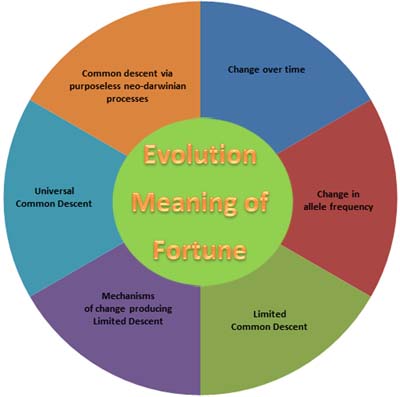
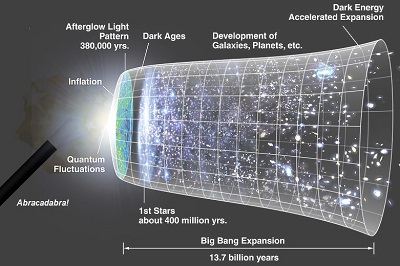
400.jpg)
_500.jpg)
